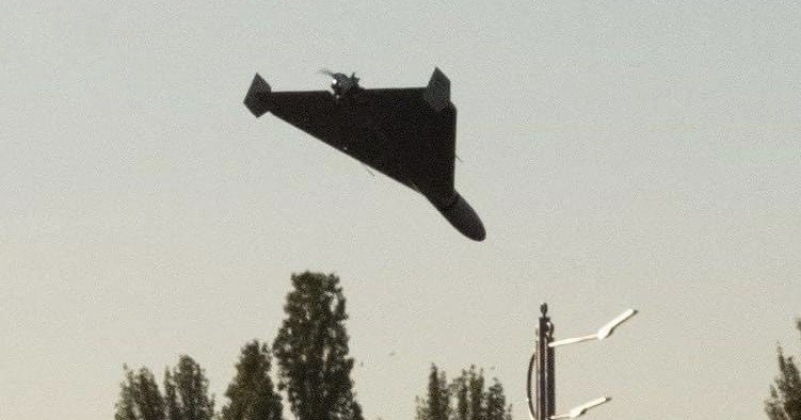News
Russian Launches Largest Ever Strike on Ukraine’s Capital Kiev: Soviet Kh-22 Missiles and Iranian Shahed 136 Drones Play Central Role
The Russian Military on May 9 launched major strikes on the Ukrainian Capital Kiev, coinciding with Victory Day celebrations held across Russia to mark 78 years since the Soviet Union’s defeat of Nazi Germany. The strikes are reportedly the largest to have been launched on the Ukrainian city since the Second World War, and involved deployments of Tu-22M3 heavy bombers using Kh-22 cruise missiles – a Soviet anti ship weapon which the Russian Military continued to store in very large numbers despite no longer producing it. The missiles have played a central role in Russian strikes on Ukrainian cities due to the sheer quantities which the Russian Air Force fields, as well as their age meaning they were set to be removed from service around 2025 and can thus be expended more freely than other newer missile classes. Ukrainian officials have frequently lamented that the missiles, which were designed to bypass the multi layered air defences surrounding American aircraft carrier groups during the Cold War, are effectively impossible to intercept, with their large 950kg warheads causing tremendous damage.

Alongside the Kh-22 missiles, Iranian supplied Shahed 136 drones played a major role in the May 9 strike with Ukrainian sources claiming that 26 of the aircraft were used for attacks on Kiev. The delta wing aircraft began to appear on the frontlines and play a major role in the war in September, striking key targets in Odessa including the headquarters of a Ukrainian naval facility as well as being used against frontline positions such as artillery batteries. The assets have provided a much lower cost alternative to strikes using Russia’s indigenous ballistic or cruise missiles. Shahed 136s use their explosive laden bodies as payloads, hence gaining them the name ‘kamikaze’ or ‘suicide’ aircraft, and are conceptually a hybrid between an unmanned aircraft and a cruise missile. Strikes on Ukrainian cities follow an attempted drone strike on Moscow targeting the residence President Vladimir Putin on the night of May 2, but are far from unprecedented. Previous Russian strikes on key infrastructure have placed a greater burden on Kiev’s Western backers in terms of provision of relief supplies, and raised the real possibly that major cities could become unliveable and need to be abandoned.












